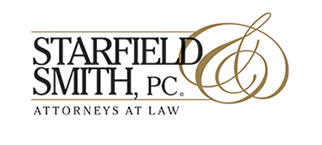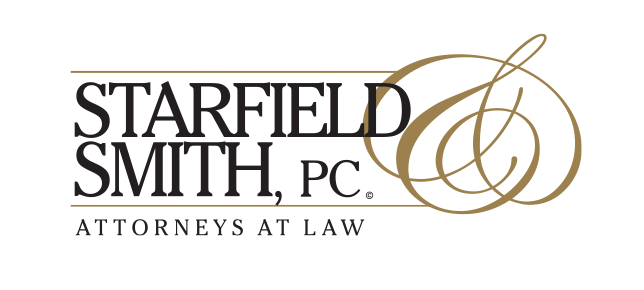The new year ushered in a new presidential administration and with it a renewed focus on SBA’s lending programs and portfolio performance. While it remains unclear what potential new Administrator Loeffler will prioritize, one thing is for certain. Lenders should ensure their files are audit ready. Let’s examine ways SBA lenders can proactively prepare for an SBA audit and steps to implement now to ensure files are as complete as possible.
Start Strong in Underwriting
Credit approvals are of critical importance in any SBA audit. It is where the auditor gains a clear picture of the underwriting, decision making, and deal terms for the loan. Ensuring your credit approval is free from errors, contains all needed change memos reflecting changes in underwriting throughout the closing process, and has all applicable application forms, signed and dated with all attachments together in one place, sets the stage for a strong start for an auditor’s review. SBA has noted in OIG summaries of past lender reviews that critical eligibility analyses are absent from lender’s credit approvals. For example, if your loan is for debt refinance, be sure the credit approval includes a complete analysis that addresses all requirements in the SOP 50 10. In cases where the SBA allows a lender to do what you do, include references to the lender’s existing credit policy, if available, to justify decisions. The SBA Terms and Conditions, unlike the SBA Loan Authorization, does not include all requirements for a loan, placing higher importance on the lender’s credit approval to clearly outline the deal terms.
Manage the Closing Process
Failure to consistently obtain and document loan files with required collateral documents, subordination agreements, and post-filing searches can become a major problem for lenders during an audit. Be sure to perform internal pre-close or post-close file reviews and/or establish a QC process that aids the closing team in collecting, storing, and organizing all relevant documents in an established system so that any new lender representative accessing the file can easily assemble the needed documents the auditor requests. While outside counsel can sometimes assist in supplying required due diligence, a lender’s internal QC system can cut down the time it takes to provide a complete file.
Create Accountability
Work with your team to develop internal checklists or guides for each stage of the loan (origination, closing, and servicing). Make sure each team member knows their role and what part they play in building the loan file.
By establishing quality control systems throughout the life cycle of a loan, an SBA lender can be better equipped to handle audits and will likely reduce the number of findings in a review. Lenders with formal QC processes are likely to reap the rewards not just in audits, but also in guaranty purchase scenarios. For assistance with audits, guaranty purchase submissions, pre-close file reviews and closing matters, please contact us at 215.542.7070 or info@starfieldsmith.com.




Comments are closed.